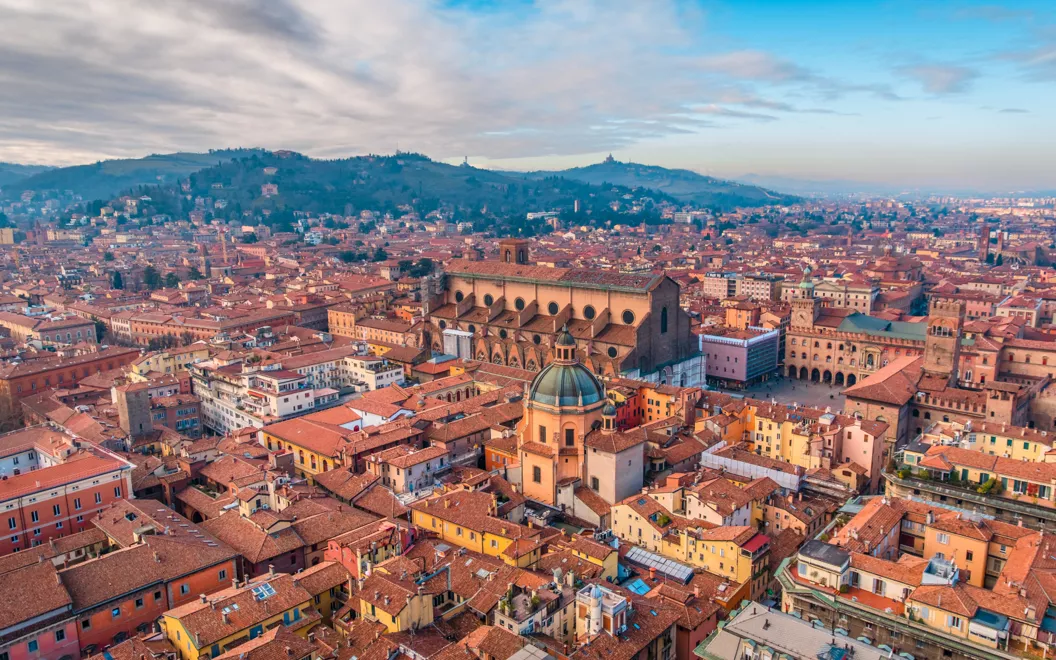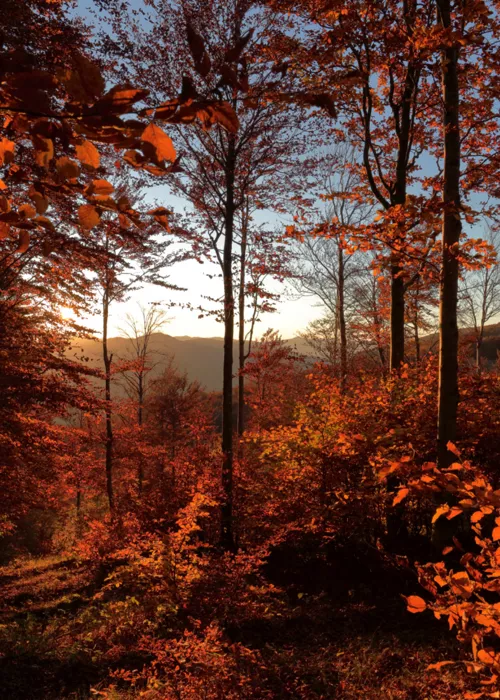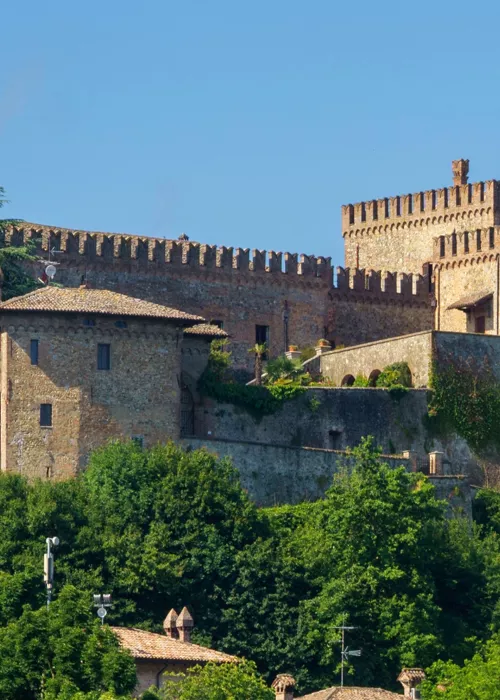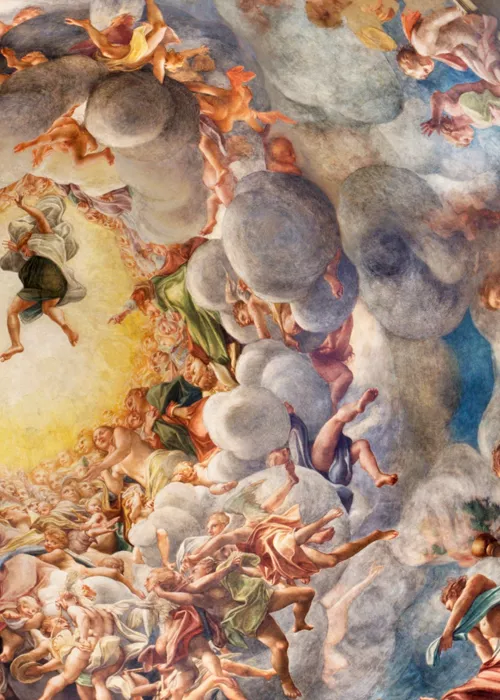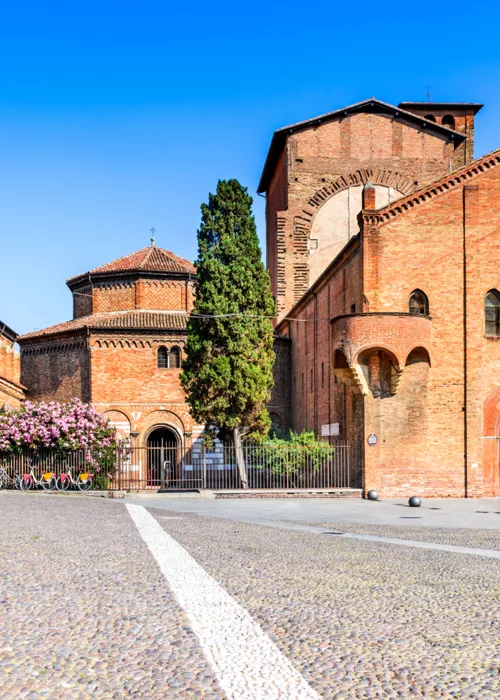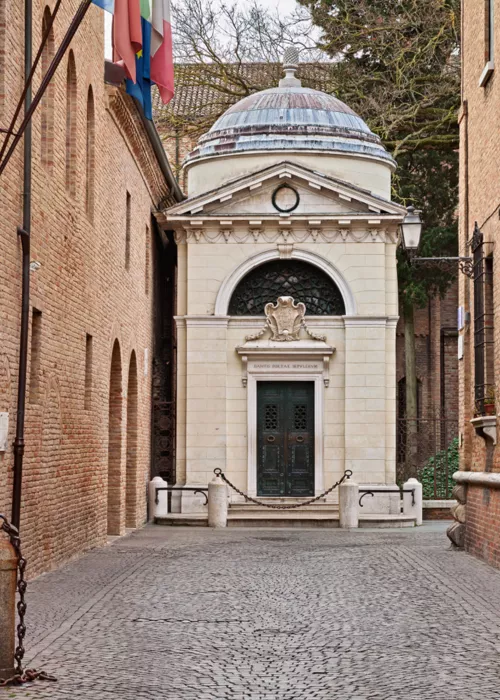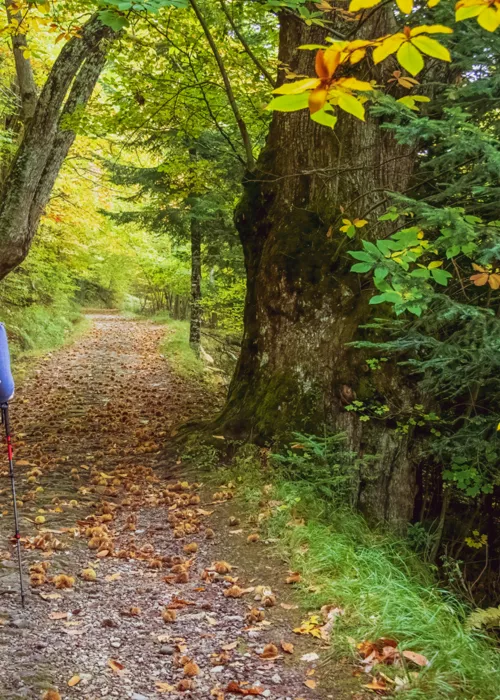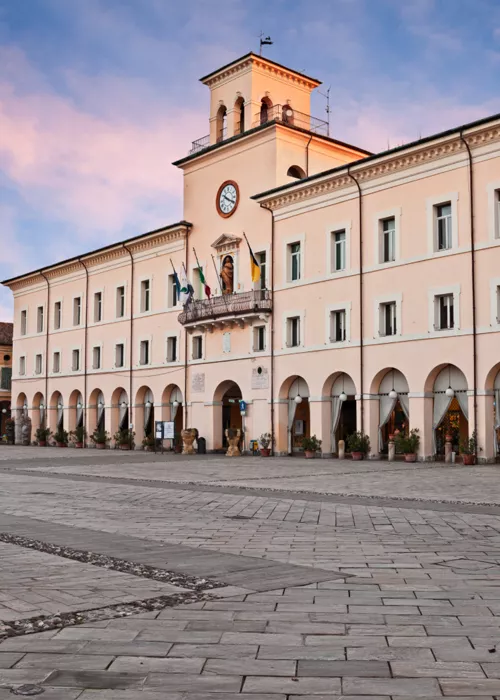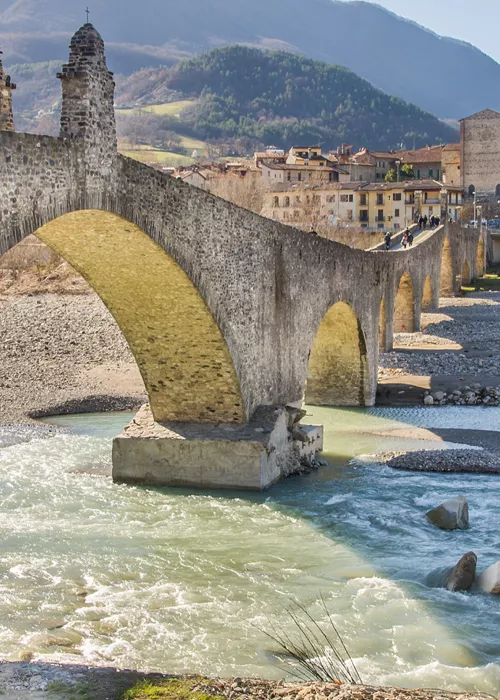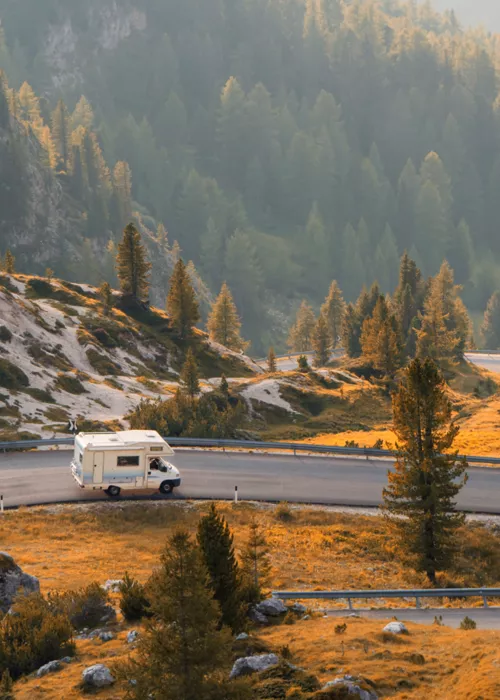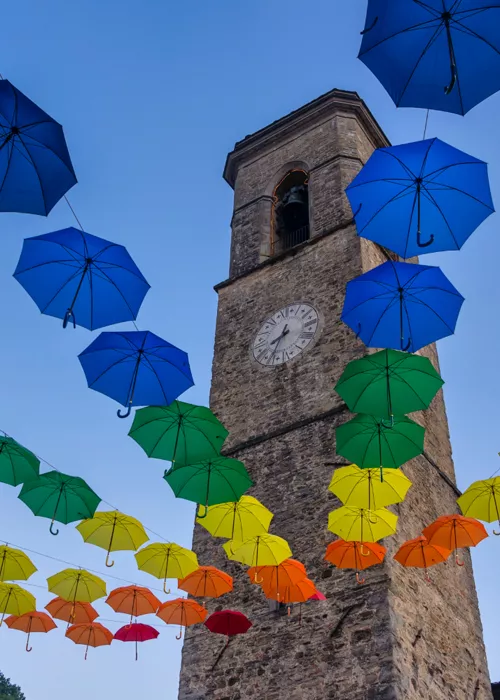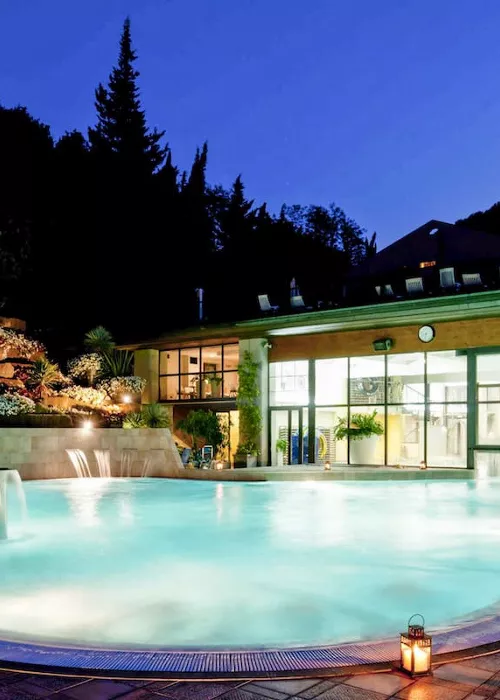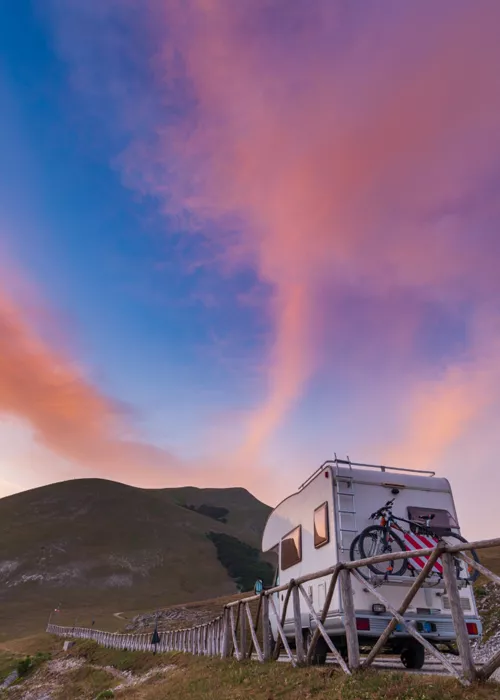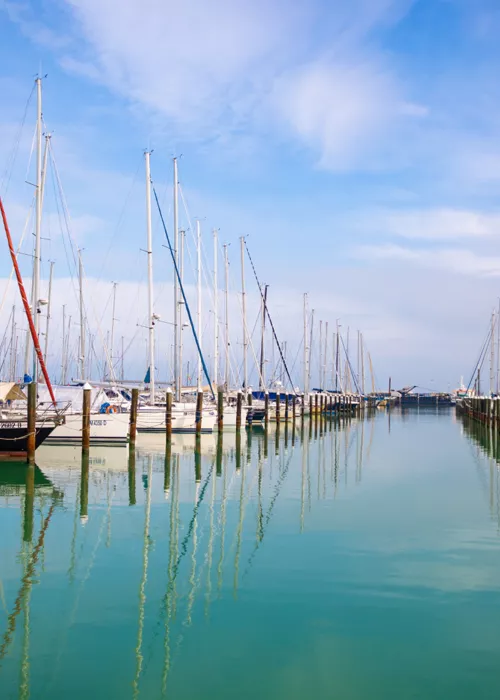Fountain of Neptune

Starting from Bologna Central Station, or the nearby car park in Piazza VIII Agosto for those arriving by car, the first stop exploring the “Rossa” is the Fountain of Neptune, one of the symbols of the city. The God of the sea dominates the large Piazza del Nettuno in the heart of Bologna from the pedestal in the center of the fountain designed by Giambologna and Tommaso Laureti as a symbol of papal power in the second half of the 1500s.
At a height of 3.40 meters, the statue of Neptune stands tall in front of the entrance to the Palazzo di Re Enzo, surrounded by 4 hold dolphins representing the rivers of the continents known in those years: the Nile, the Ganges, the Amazon River and the Danube.
Piazza Maggiore

After enjoying the beauty of the Fountain of Neptune, turn the corner to find yourself in front of the majestic Piazza Maggiore, around which stand the most important buildings of medieval Bologna, starting with the Palazzo del Podestà built in 1201. The ancient building, created with the square, is dominated by the Torre dell'Arengo, the civic bell tower of Bologna which houses the Campanazzo bell which for centuries has marked moments of public life in the city.
Walking around the square you can admire the Palazzo dei Notai and the Palazzo Comunale, known as Palazzo D'Accursio, home to the Municipal Art Collections of Bologna and the Morandi Museum. What’s left to see in Piazza Maggiore? The Palazzo dei Banchi, built after 1400, and the red Basilica of San Petronio in Italian Gothic style, the imposing Church of Piazza Maggiore.
Porticoes of Bologna

After having explored the magnificent Piazza Maggiore, it's time to discover another symbol of Bologna, for centuries a meeting and social point in the heart of the city. The Porticoes of Bologna date back to the period of city expansion starting from the Middle Ages. They extend out for 62 kilometers, 42 of which are in the historical center.
The portico of San Luca in Bologna is without a doubt the longest and most famous in the city. You can start exploring it from Piazza Maggiore having walked along Via dell'Archiginnasio passing the Basilica of San Petronio. If you don't want to go too far, you can just wander around the area. You’ll find yourself surrounded by porticoes of all shapes and sizes, including some of the groups of porticoes in Bologna that UNESCO has included as World Heritage Sites.
Here, in the historic centre, the time has come to choose one of the many trattorias for a well-deserved lunch break. What to eat in Bologna? Easy, focus on typical dishes such as tortellini, pasta Bolognese, some infamous mortadella or a tasty crescentine.
Seven Churches of Bologna: Basilica of Santo Stefano

Having enjoyed some traditional dishes of Bologna, you can continue your walk to discover the city by stopping at the complex of the Seven Churches of Bologna, the heart and hub of the Bolognese Church. From Piazza Cavour, just continue for 600 meters along Via Farini to find yourself in the majestic Piazza Santo Stefano.
Take some time to explore the many buildings that make this square so magical. From the Church of the Crucifix to the Basilica of the Holy Sepulchre, to the Church of the Trinity and the medieval Cloister.
The entrance to the complex, named after the original project to build 7 churches to recall the scenarios of the holy sepulcher in Jerusalem, is free to enter but note the time because the structure closes for a couple of hours between 12.30 and 14.30.
Asinelli Tower and Garisenda Tower

In 4 minutes on foot you can reach the two towers of Bologna, the Torre degli Asinelli and the Torre della Garisenda, built during the Middle Ages. The most impressive is the Torre degli Asinelli with a height of 97.20 meters. There are 498 steps to climb to reach the top and enjoy unique views of Bologna.
Unfortunately, the project to build a lift in the Asinelli Tower never materialized, and the only way to visit it, is up, by foot. It’s actually not possible to climb the Torre della Garisenda, 47 meters high and leaning over since its construction.
Mercato delle Erbe

We have arrived at the final stage of this day in the heart of the city. It's time for an aperitif and to take the opportunity to explore the Mercato delle Erbe (herb market) in Bologna. One of the most characteristic places in the city where trendy restaurants and bars mingle with the historic fruit and vegetable stalls. You can reach the Mercato delle Erbe in 15 minutes on foot from the two towers, continuing along via Ugo Bassi.
You can limit yourself to enjoying an excellent aperitif, or you could stay for dinner and choose from the many options in this welcoming environment full of history and charm. Having tasted the typical dishes of Bologna, don't forget to take home some food or wine souvenirs from the many stalls of the market, open until the evening.

